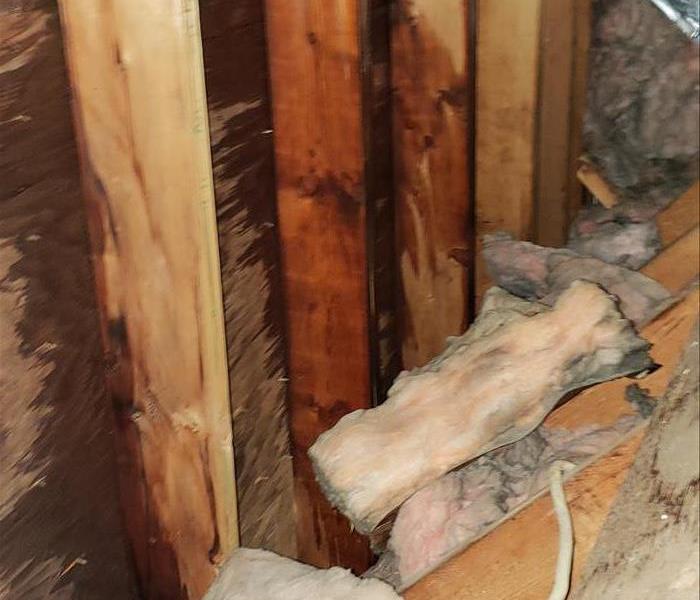How You Can Protect Your Home from Water Damage
10/3/2023 (Permalink)
Water damage is one of the most destructive elements a home can face. From flooding to leaks, water damage can be devastating and expensive to repair. That's why it's so important to know how you can protect your home from water damage.
Watch out for signs of leaks in your plumbing.
When you're looking for signs of water damage in your home, start with the plumbing. If you see discoloration or wet spots on the walls or ceilings, it's possible that a pipe has burst. There are other signs that indicate a leak: water stains or greasy residue from standing water could mean you have a leaking dishwasher or washing machine.
If you suspect that leaks have occurred in your home, contact us right away so we can help you before the damage gets worse!
Do not ignore dripping sounds or leaking water in appliances.
Another way to protect your home from water damage is to pay attention to dripping sounds or leaking water in appliances. You may think that these are minor problems, but they can turn into significant issues if left unchecked for too long. For example, a small leaky faucet can lead to major structural issues if not addressed quickly and properly.
Look for water damage under sinks.
You should look for signs that the cabinets are wet and check to see if there's any mold on the wall where the cabinet meets it. If so, you'll need to have a plumber come out and fix the leak. If you see an obstruction in your drainpipe or water stains around it, then call a plumber right away!
Check the walls and baseboards.
Once you've inspected the ceiling and floor, it's time to examine the walls. Check for water stains on walls, especially near windows and doors. If a leak has occurred in any of these areas, there will likely be some damage to the surrounding drywall or baseboards that could be hiding behind them.
Look for water stains on ceilings.
Water stains on ceilings are a sure sign of a leak somewhere in your home. They can be caused by roof leaks, plumbing leaks or even foundation issues, so it's important to check for all three types of leaks if you notice any water damage to your ceiling.
If you've noticed water stains on your ceiling, first make sure that there aren't any obvious sources of water located above the area where the stain appears. If there isn't anything obviously leaking above where the stain is located (like an air conditioning unit), then you might have a problem with one of the following:
- Your roof has developed some damage and needs to be repaired/replaced.
- There are cracks or holes in pipes inside walls that lead to outside drainpipes which might be letting rain seep in.
Inspect your home after heavy rains or snowstorms.
After heavy rain, it is important to check the gutters and downspouts for debris that might be blocking water flow. Look at exterior walls and windows for any signs of water damage or leaks, especially along flashing around doors and windows. Check roof for leaking shingles or tiles, which can cause water damage inside the house if left unattended. If you have a sump pump installed in your basement, make sure it is functioning properly to prevent flooding by taking note of any excess water buildup around it after heavy rains.
With proper maintenance and attention to the signs of water damage in your home, you can protect yourself from the destructive forces of water. It is always better to be safe than sorry when it comes to protecting your home from water damage. If you have experienced water damage, don't hesitate to contact SERVPRO of Blackwood/Gloucester Twp. today at (856)227-7800. Their team of experts is here to help you get your property and your life back to normal as quickly as possible.





 24/7 Emergency Service
24/7 Emergency Service
